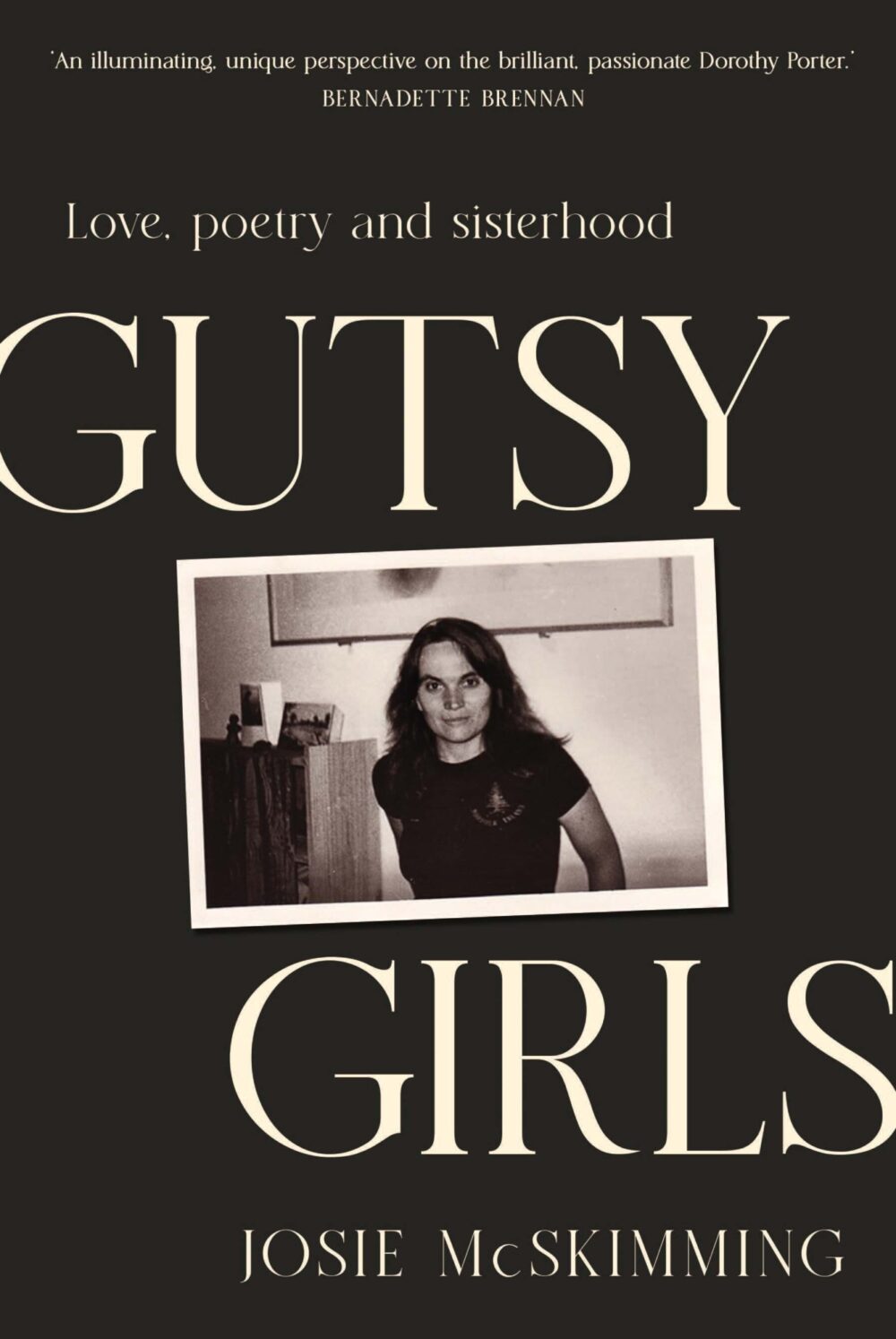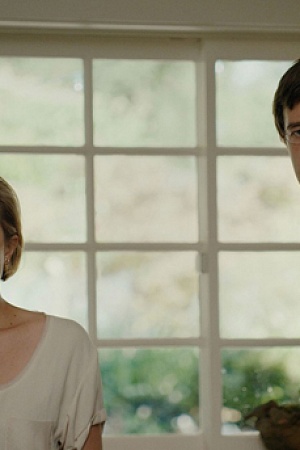Trishna
Choosing to set a screen adaptation of Tess of the d’Urbervilles (1891) in contemporary India might seem like an almost perverse shift, or an over-determining decision. But for British film-maker Michael Winterbottom, there is consistency and history of a sort. It is his third Thomas Hardy adaptation, and his fourth feature shot on the subcontinent. In re-imagining and relocating Tess, he has adhered closely to certain key elements and incidents of the novel, and dispensed with others – notably questions of religion, faith, and fate. Yet, in the end, the most significant transformation is not about geography or culture or time: it is the condensation of two main characters into one. Alec d’Urberville, the wayward idler who seduces Tess, and Angel Clare, the compulsively virtuous youngman she loves, ‘the earnestest man in Wessex’, have been distilled into a single, somewhat problematic figure.
Continue reading for only $10 per month. Subscribe and gain full access to Australian Book Review. Already a subscriber? Sign in. If you need assistance, feel free to contact us.















Leave a comment
If you are an ABR subscriber, you will need to sign in to post a comment.
If you have forgotten your sign in details, or if you receive an error message when trying to submit your comment, please email your comment (and the name of the article to which it relates) to ABR Comments. We will review your comment and, subject to approval, we will post it under your name.
Please note that all comments must be approved by ABR and comply with our Terms & Conditions.